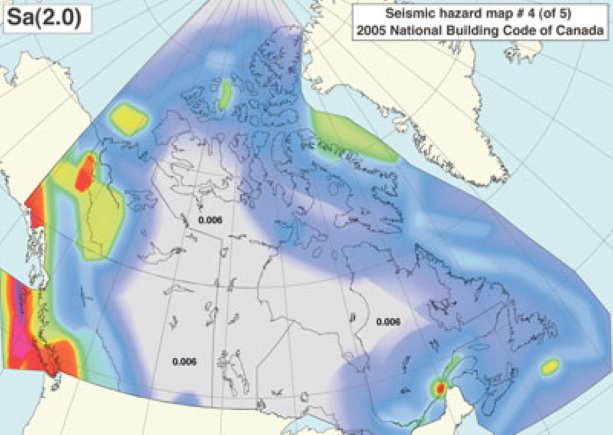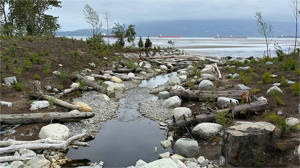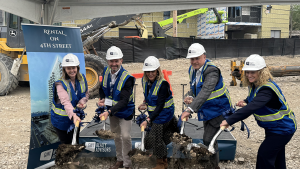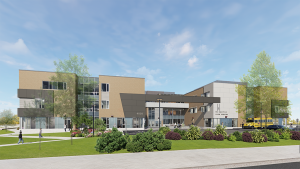The latest seismic information from the Geological Survey of Canada formed the basis for earthquake-resistance standards in the most recent National Building Code update.
‘Ductile’ steel has an advantage in resisting earthquakes
Canada’s seismic risk map is constantly upgraded as more accurate information is collected. The Geological Survey of Canada released its first survey in 1953 with updates in 1970, 1985 and 2005. The latest survey formed the basis of earthquake standards under the most recent National Building Code update.
The Canadian Institute of Steel Construction (CISC) has been offering a series of commercial building and seismic-design courses across the country to help identify the best way to use steel to provide greater earthquake resistance in buildings up to 10 storeys tall.
“We don’t like to use terms like ‘earthquake-proof,’ ” says Mike Gilmor, president of the CISC. “But we like to think of steel as a more ductile material, better able to resist seismic forces. The 2005 National Building Code of Canada is a reflection of the 2005 Geological Survey and makes provisions for a one-in-2,500 year seismic occurrence. There are many ways to use steel to satisfy those provisions, but we can help professionals to do it in the most economical and efficient way possible.”
Stephane Mazzotti, a seismologist with the Geological Survey of Canada in Sidney, B.C. says the quality of information in that province is based on a steady stream of real data — actual earthquakes under scientific scrutiny.
“In B.C. and Yukon we’ve recorded hundreds of earthquakes over the past 30 years or so, and therefore we have a fairly robust idea of the magnitude of earthquakes that might occur every 100 years,” he says. “In other areas like northern Ontario and Manitoba, that becomes much more dicey because they don’t have the same records to work with.”
An initiative by the B.C. provincial government has earmarked $1.5 billion over a 15-year period to upgrade 800 B.C. schools to new earthquake standards.
Only a few schools have been upgraded so far, but the pace of construction is being stepped up says Tim White, a project engineer with Bush Bohlman & Partners in Vancouver, a practice working with the B.C. school retrofit program.
“It’s often more economical to upgrade using like materials, but in B.C. we’re more typically using steel in two-storey schools.” As part of an $800,000 retrofit of Frank Hurt secondary School in Surrey, for example, an existing steel frame inside the gymnasium was replaced with an updated design meeting the new seismic standards.
White notes that while B.C. is leading the country with its seismic assessment program, municipalities, such as Quebec City are taking stock of seismic risk in civic structures. The Chalk River nuclear facility in northern Ontario was shut down last November because of concerns about a hypothetical earthquake interrupting its electrical power supply.
Toronto’s Institute for Catastrophic Loss Reduction is also focusing attention on the Ottawa-Montreal corridor as a region facing considerable property damage in the event of an earthquake.
“Steel is a good choice in British Columbia, in Quebec and around the country,” says Gilmor. “Steel provides myriad choices to help design buildings resistant to seismic forces.”











Recent Comments
comments for this post are closed